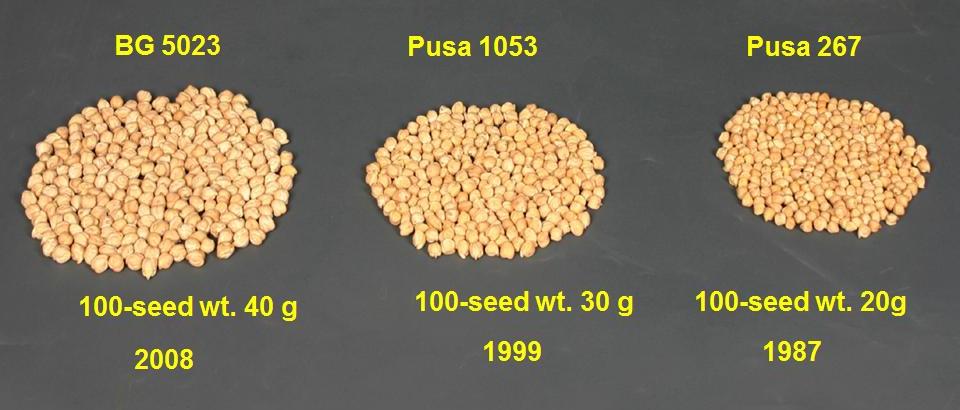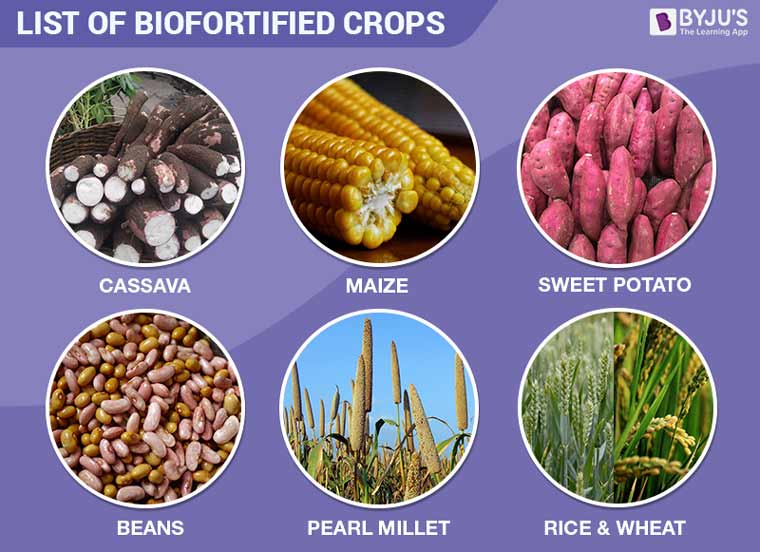CBSE Class 12 Biology Chapter 9 Revision Notes Part 2
Chapter 9: Strategies for Enhancement in Food Production Revision Notes Part 2
Multiple Choice Questions
-
The process of breeding nutrient dense crops is known as ___________.
-
The semi-dwarf rice variety cultivated in India is _________.
-
The first step in the process of plant breeding is ____________.
-
Ratna is a high-yielding and disease-resistant wheat cultivated in India. ________
-
Single celled proteins can be obtained from __________ on an industrial scale.
Strategies for Enhancement in Food Production
- Plant breeding is the deliberate modification of plant species to produce desirable plant kinds that are more suited for cultivation, higher yields, and disease-resistant.
- Increased food production to fulfill population demands is called the Green Revolution.
- M. S. Swaminathan was the driving force behind India’s green revolution.
- Fertilizers, insecticides, high-yielding crops, irrigation infrastructure, and other modern procedures and technology are employed for this purpose.
- Wheat and rice cultivators with high yields have made a significant contribution to the expansion in food grain output.
Plant breeding
Plant breeding enhances production, quality, tolerance to environmental stress, and pest and disease resistance.
The government and private enterprises undertake plant breeding programs all around the world. The following are the stages involved in creating a new plant genetic variety:
- Collection of variability refers to collecting all the different varieties of a certain crop. All of a plant’s alleles for its genes are gathered, and Germplasm collection is the term for it.
- Selection of parents: The germplasm is tested for the desired characteristic, and parents are chosen based on the results.
- Cross hybridization occurs when two desirable characteristics are united, such as disease resistance and high protein content.
- Selection and testing of better recombinants: Hybrids with desirable traits are chosen and self-pollinated over several generations to achieve homozygosity. This prevents character segregation in the following generation.
- Commercializing new cultivars: entails a thorough quality inspection for productivity and other characteristics such as disease resistance. The crop is cultivated in a controlled environment in a research area for this purpose.
Following the evaluation, three seasons of testing in farmer’s fields across the country are conducted.
High-yielding Variety of Hybrid Indian Crop

Source: Crop improvement
Wheat: In Mexico, Norman E Borlaug produced semi-dwarf wheat types. Wheat production has increased from 11 million to 75 million tonnes.
High-yielding and disease-resistant wheat types cultivated in India are Sonalika and Kalyan Sona.
Rice: IR-8 (created in the Philippines) and Taichung Native-1 were used to create semi-dwarf rice cultivars (Taiwan).
Semi-dwarf rice cultivators Jaya and Ratna were created in India.
Cane sugar: Saccharum Barberi (north Indian sugarcane) and sugar-rich Saccharum officinarum (south Indian sugarcane with thick stems) were successfully cross-bred to produce high yield, sugar content, and thick stems that can be cultivated in North India as well.
The traditional approach (hybridization and selection) or the mutation method creates disease-resistant variants. Disease-resistant varieties are also obtained by genetic engineering and selection among somaclonal variations.
Mutational Breeding
When a gene is mutated, the sequence of the gene changes. Mutation can be purposely produced to get a characteristic that was not present previously.
- For example, a novel Mung bean variety resistant to powdery mildew disease and the yellow mosaic virus has been generated through mutation.
- It is critical to have disease resistance and a high producing capacity.
- To achieve this combination, disease-resistant genes are introduced to high-yielding types via sexual hybridization.
- Parbhani Kranti is a new type of bhindi that has been designed to be resistant to the yellow mosaic virus. The disease resistance gene was inherited from a wild animal.
Plant breeding for improved food quality
- Aside from disease resistance, pest resistance, and high yield, the higher nutritional value is also vital for eradicating nutrient-deficient disorders.
- We can promote public health by growing nutrient-dense foods with lower fat, greater protein, and more vitamins and minerals.
Biofortification

Source: Biofortification
- Biofortification is the process of breeding nutrient-dense crops.
- Crops with higher nutritional value have more protein, oil, vitamin, micronutrient, mineral content, and higher quality.
- The Indian Agricultural Research Institute (IARI) in New Delhi has published several vitamins and mineral-rich vegetable cultivators.
Single-cell Protein
- Single-cell protein is one of the protein sources that can fulfill the ever-increasing human and animal population’s nutritional needs
- Microbes are cultured on an industrial scale to get SCP.
- Spirulina, a kind of blue-green algae, is a good source of nutrients and may be easily cultivated on sewage, potato processing plant effluent, animal dung, and straw molasses.
Tissue culture: Tissue culture and somatic hybridization techniques have enormous promise for manipulating plants in vitro to create novel types.
]]>